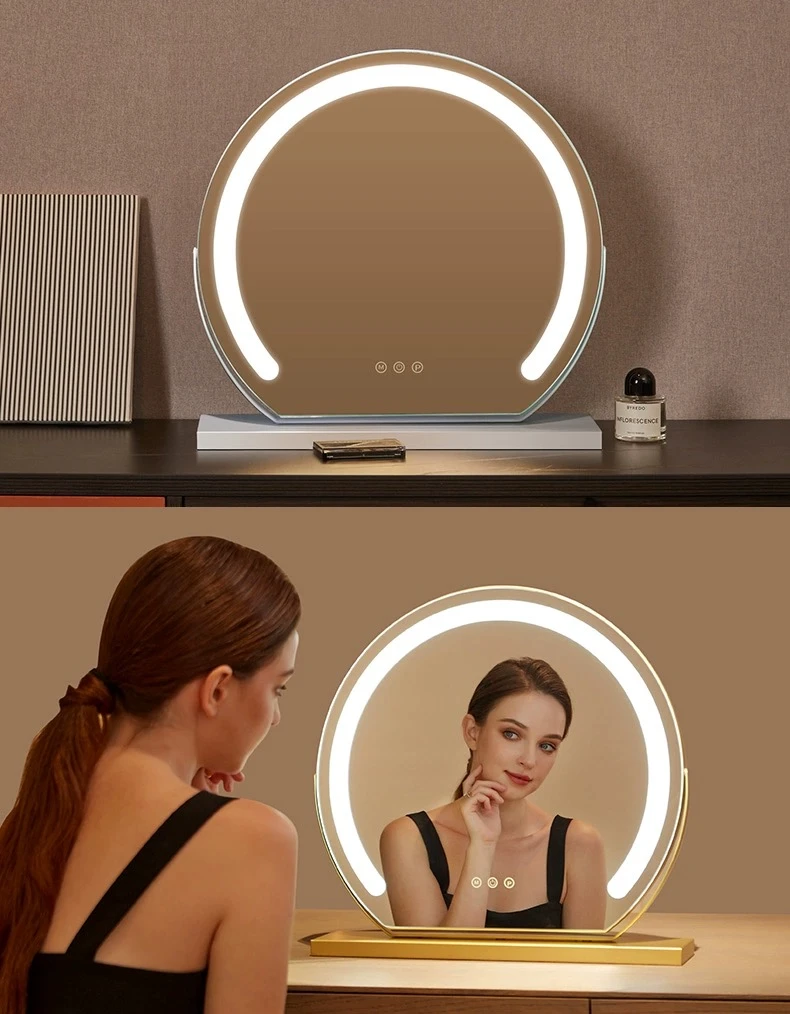

Understanding 4mm Low E Glass Benefits, Applications, and Innovations
Low emissivity (Low E) glass has revolutionized the way we think about energy efficiency in architecture and construction. Among the various types of Low E glass available, the 4mm Low E glass stands out due to its unique balance of thickness, thermal performance, and versatility. This article explores the characteristics, benefits, applications, and advancements in 4mm Low E glass, highlighting why it is a preferred choice for both residential and commercial buildings.
What is Low E Glass?
Low E glass is a type of energy-efficient glazing that utilizes a microscopic coating to reflect infrared and ultraviolet light while allowing visible light to enter. This coating is often made from a thin layer of metal oxide, which helps reduce heat transfer through the glass. The E in Low E stands for emissivity; the lower the emissivity of the glass, the better it is at reflecting heat.
Characteristics of 4mm Low E Glass
The measurement of 4mm refers to the thickness of the glass. This particular thickness strikes a favorable balance between strength, weight, and insulation capabilities. It is also easier to handle during manufacturing and installation processes. 4mm Low E glass is commonly used in double-glazed configurations, where it is placed alongside another pane of either clear or Low E glass to enhance its thermal performance.
Benefits of 4mm Low E Glass
1. Energy Efficiency The most significant advantage of 4mm Low E glass is its energy-saving potential. By minimizing heat loss in winter and blocking excessive heat in summer, it helps maintain a comfortable indoor temperature year-round. This characteristic can significantly reduce reliance on heating and cooling systems, leading to lower energy bills.
2. UV Protection Low E glass effectively blocks up to 99% of harmful UV rays, which can contribute to fading furniture, carpets, and other interior elements. This protection helps prolong the life of interior decorations and upholstery, making it an excellent choice for homes and offices alike.
3. Comfort and Aesthetics In addition to its practical benefits, 4mm Low E glass enhances the aesthetics of any building. Its ability to transmit natural light while maintaining an inviting indoor climate makes it a popular choice for large windows, glass facades, and skylights.
4. Versatility 4mm Low E glass can be utilized in various applications, from residential windows to commercial buildings and even in decorative glass features. Its compatibility with different framing systems and architectural designs adds to its versatility.

5. Noise Reduction The additional pane of glass in a double-glazed setup can also provide improved acoustic insulation, aiding in sound reduction. This feature is advantageous for buildings located in noisy environments, creating a quieter and more peaceful indoor setting.
Applications of 4mm Low E Glass
4mm Low E glass finds its place in a variety of settings, including
- Residential Buildings Used in windows and sliding doors, it significantly improves energy efficiency and comfort in homes. - Commercial Structures Many offices and retail spaces adopt 4mm Low E glass to create energy-efficient environments that reduce operational costs.
- Skylights and Atriums In designs that prioritize natural light, 4mm Low E glass is often employed to maximize daylighting while minimizing heat gain.
- Curtain Walls Used in modern architectures, it contributes to stunning facades that enhance a building's aesthetics while providing energy efficiency.
Innovations in Low E Technology
The technology behind Low E glass continues to evolve, leading to more advanced options that provide even greater benefits. Manufacturers are developing multi-layer coatings that further enhance thermal performance without compromising transparency. New production methods, such as vacuum insulating glass (VIG), utilize Low E coatings to achieve superior insulation in thinner profiles, allowing designers more flexibility in their projects.
Conclusion
In summary, 4mm Low E glass represents an essential innovation in the field of energy efficiency and sustainable design. Its unique balance of insulation, aesthetics, and versatility makes it a preferred choice for various applications in both residential and commercial settings. As manufacturers continue to innovate and improve Low E technology, we can expect even more efficient and environmentally friendly glazing solutions in the future. Adopting 4mm Low E glass not only benefits building occupants through improved comfort and lower energy costs but also supports broader efforts towards sustainable building practices and reduction of environmental impact.